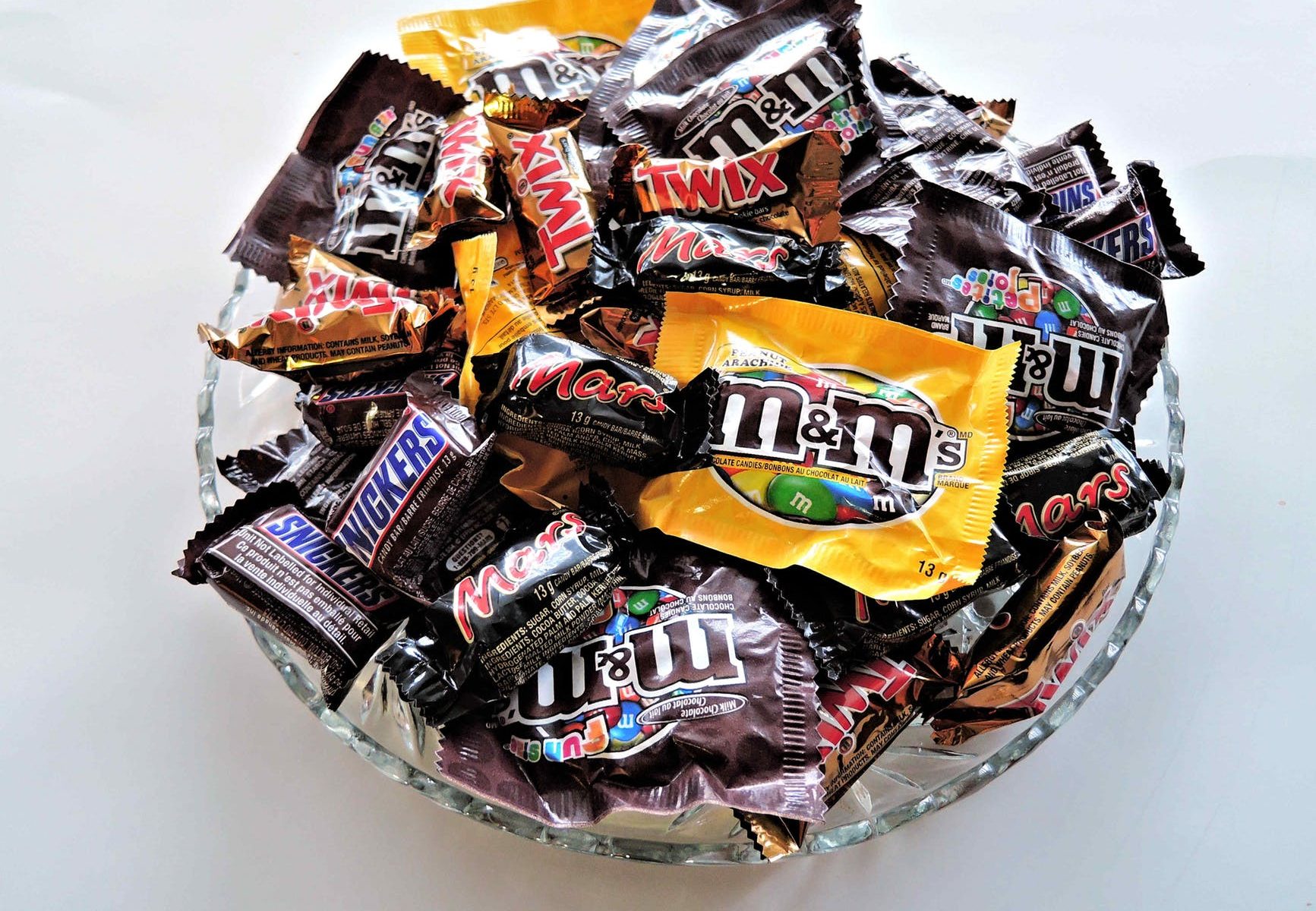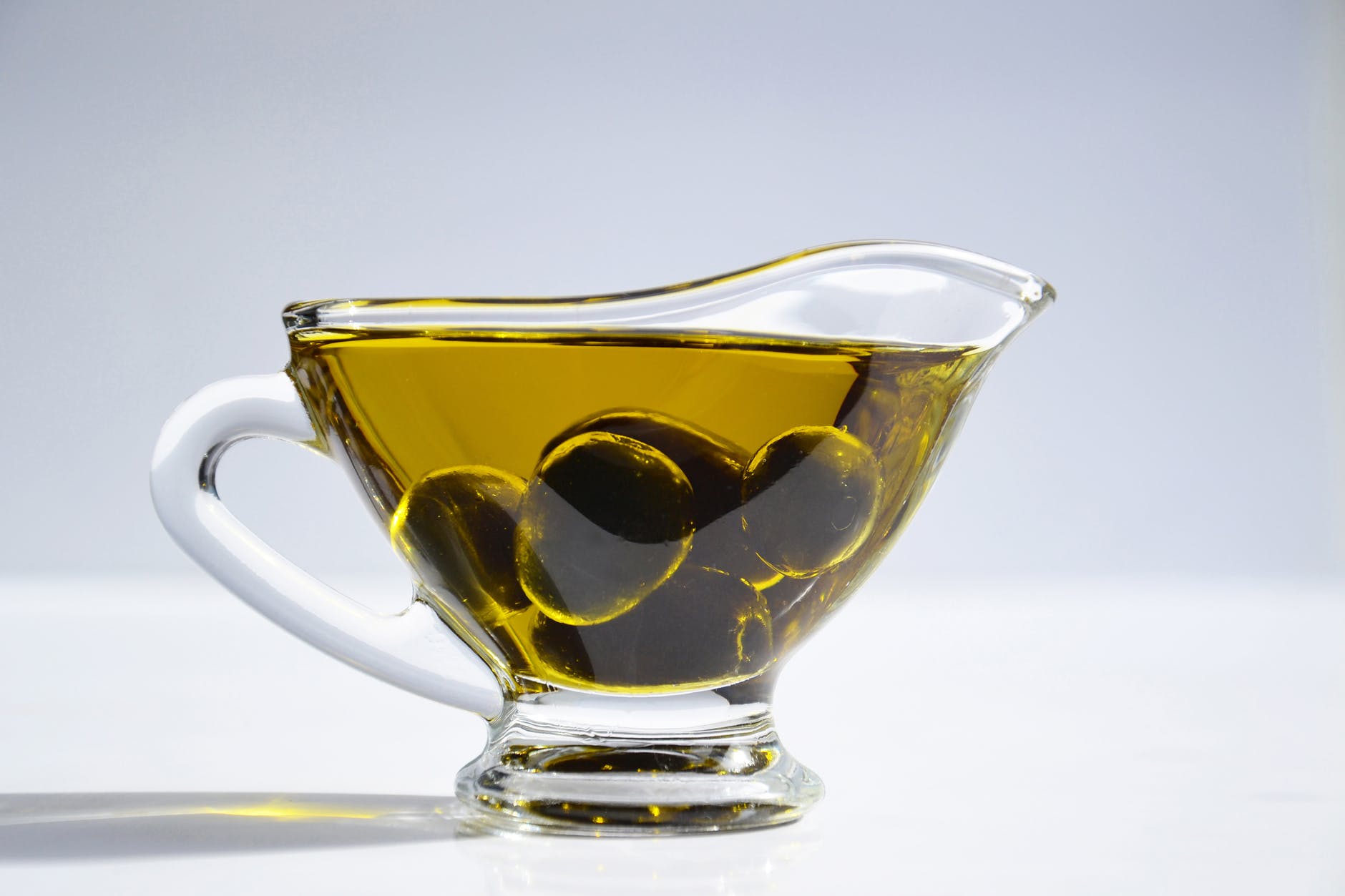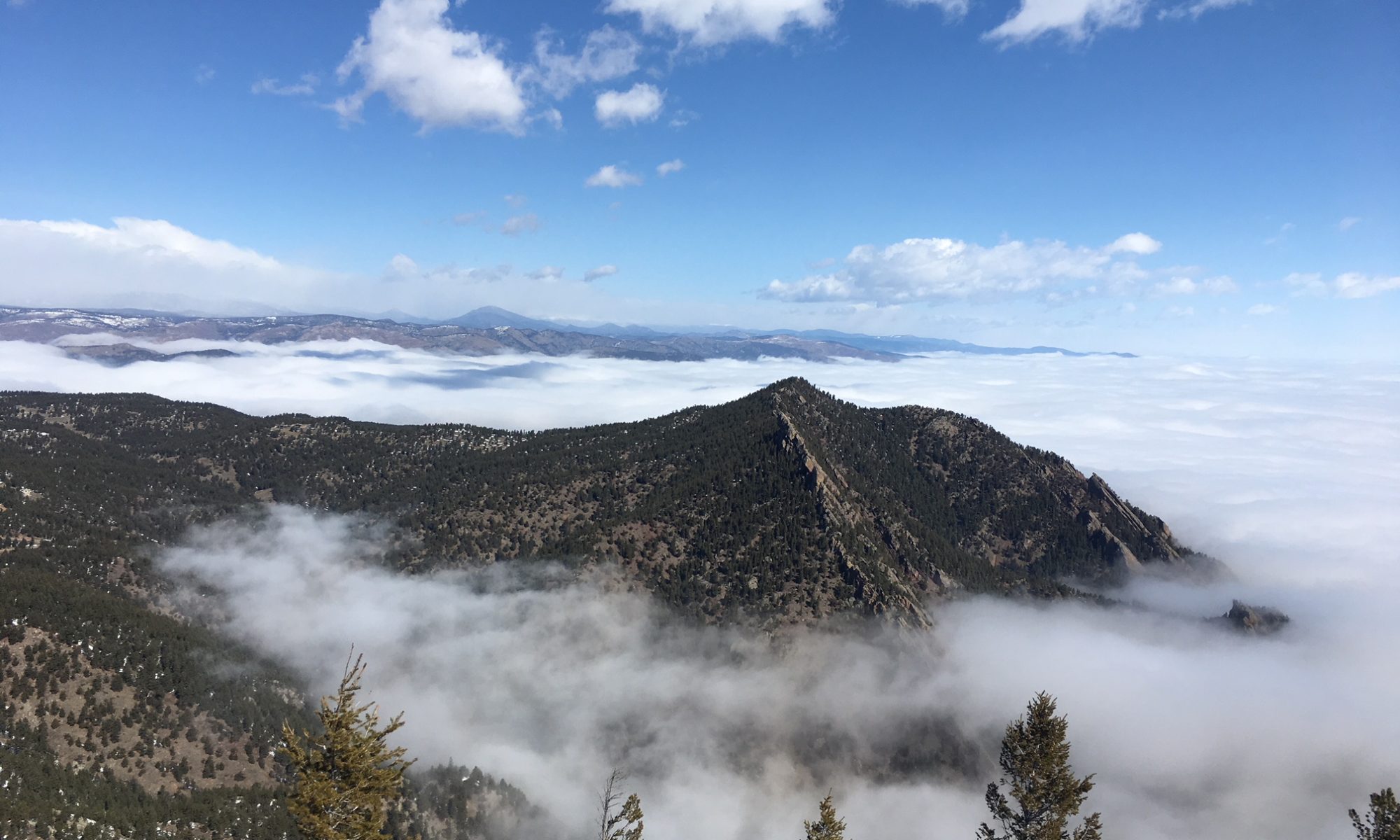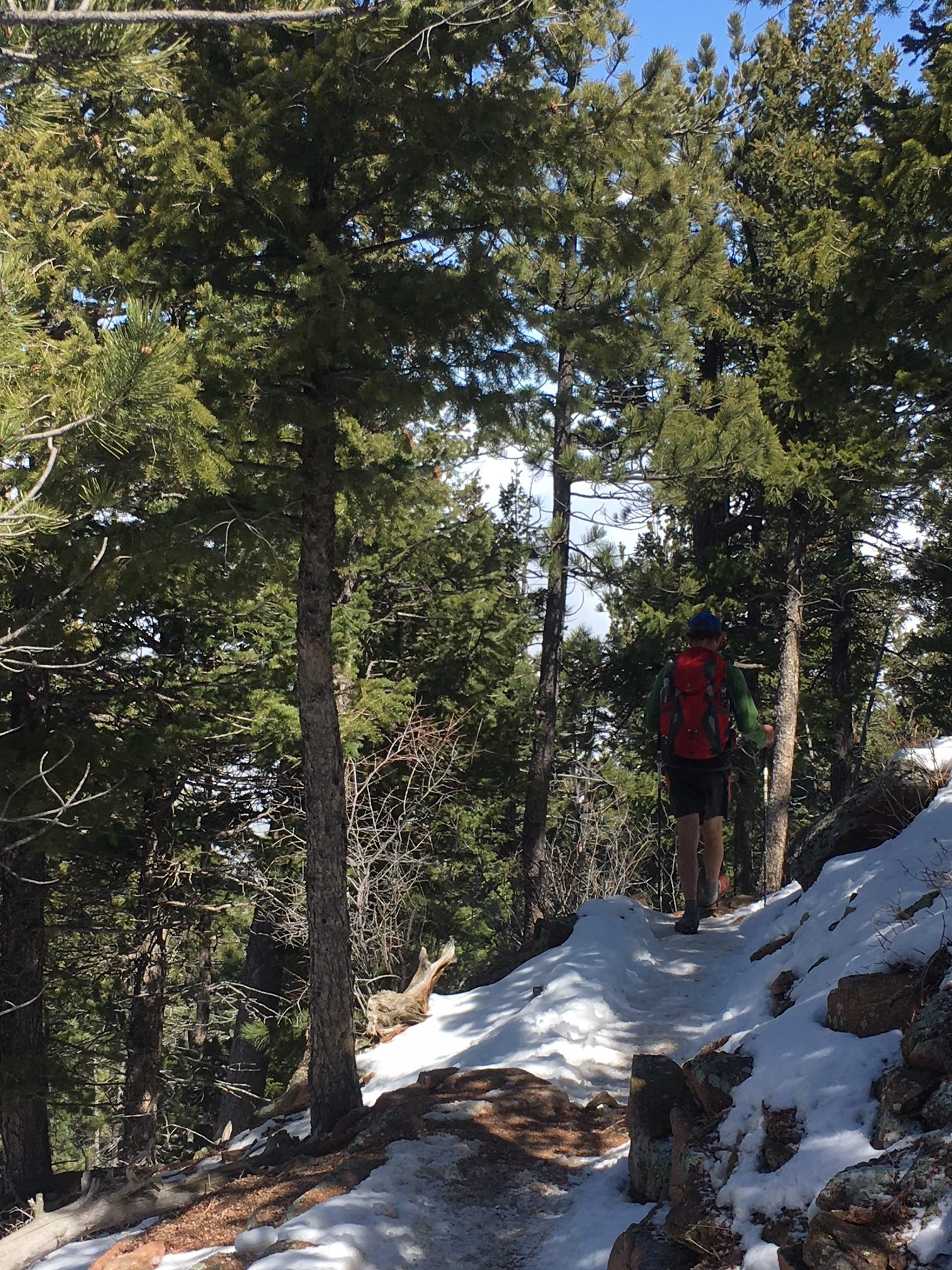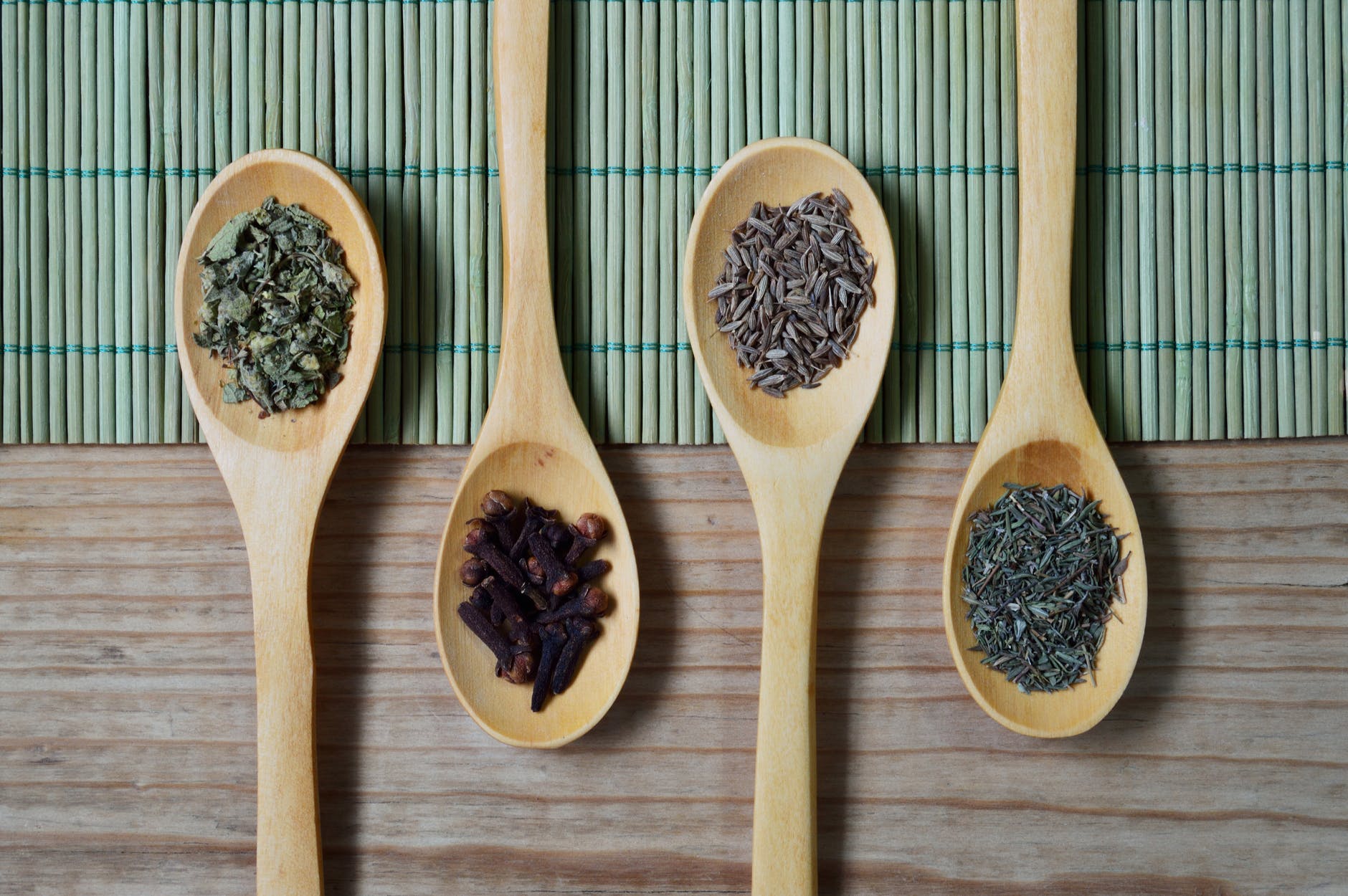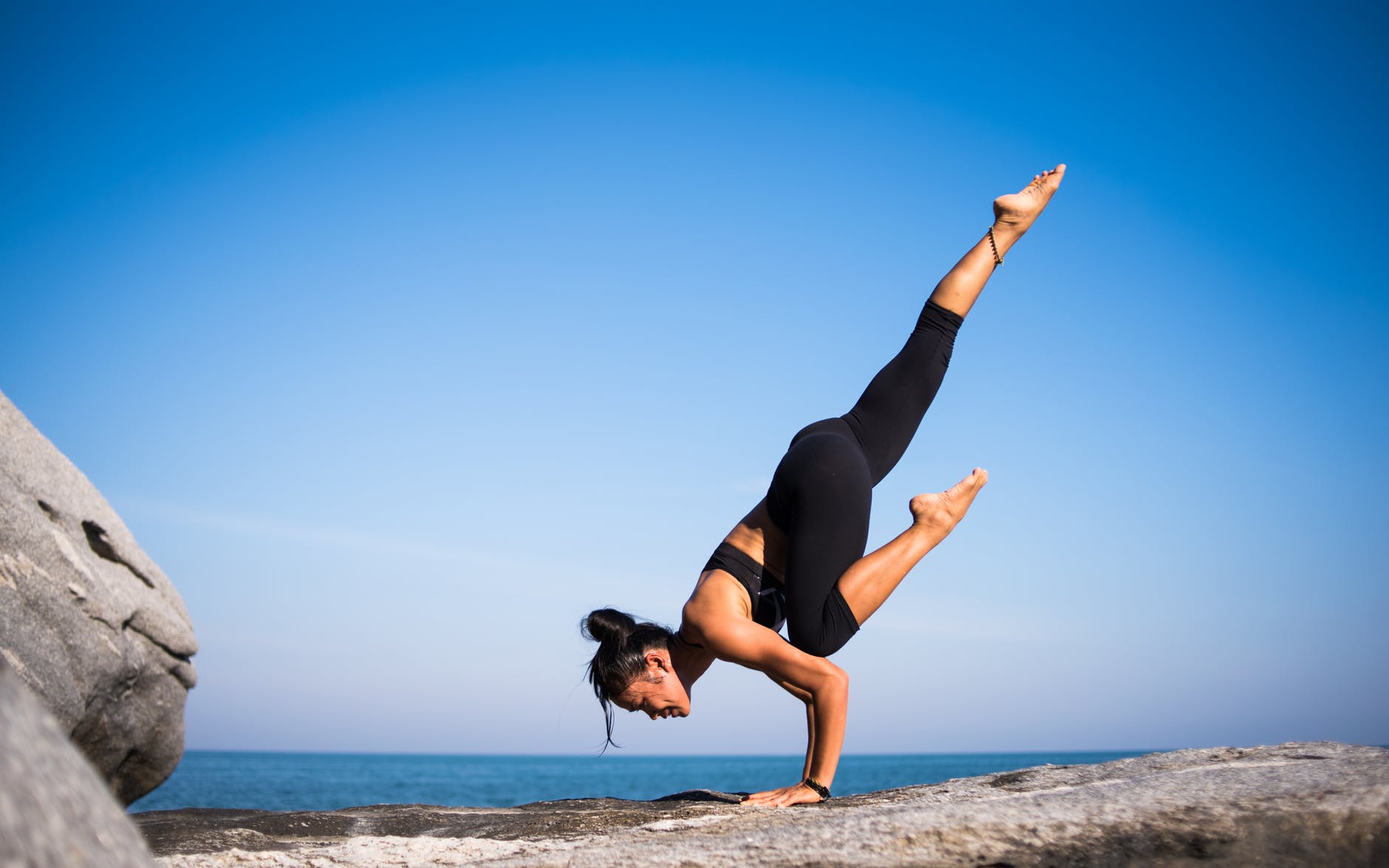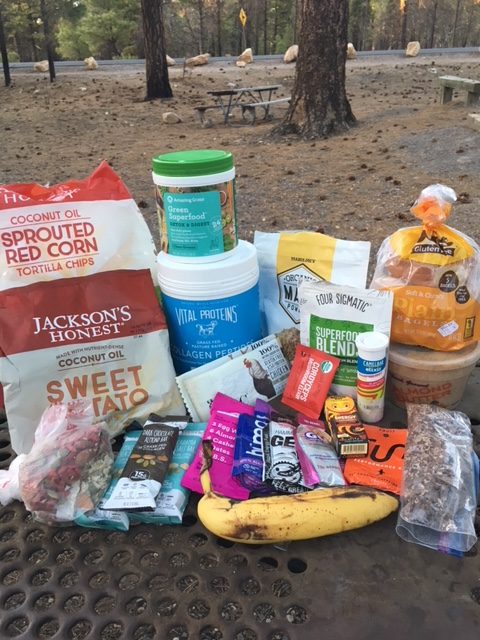Looking for the most calorie-dense backpacking provisions to reduce the food weight you have to carry? Double check those labels before filling your food bag with the common ultra-processed fare. If you’re looking to eat healthy and reduce the food weight you’re carrying, read on.
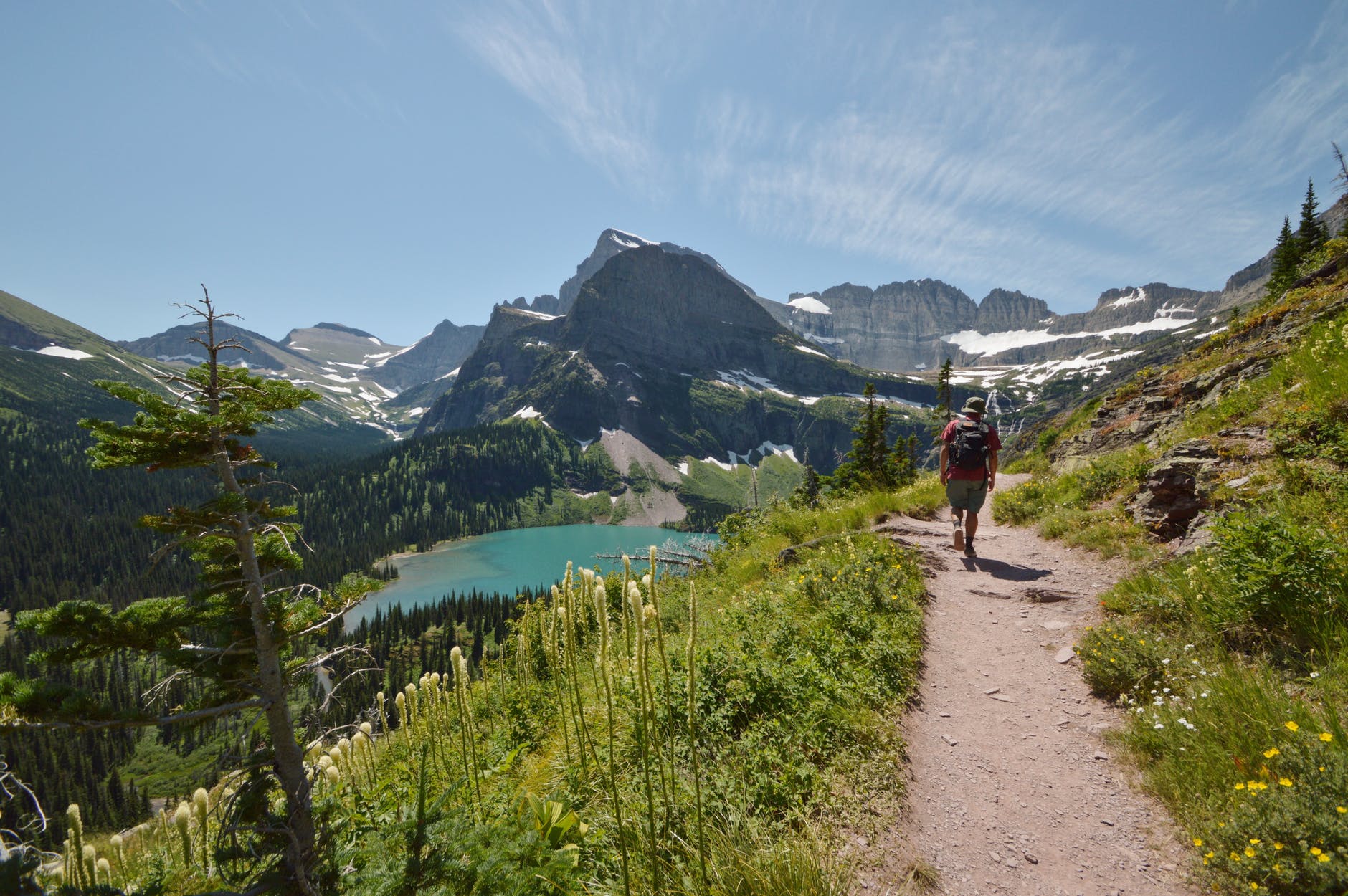
A common objection I hear about healthy eating on trail is that healthy foods do not have enough calories to fuel such a demanding physical endeavor as thru-hiking.
Hikers assume that all ‘junk food’ is going to be the better option to get the most calories per ounce. While many of the junk food staples are calorie dense, deeper investigation reveals that not all junk foods are as energy dense as assumed, and that many healthy foods pack as much of a punch, if not more, than many common ultra-processed backpacking foods.
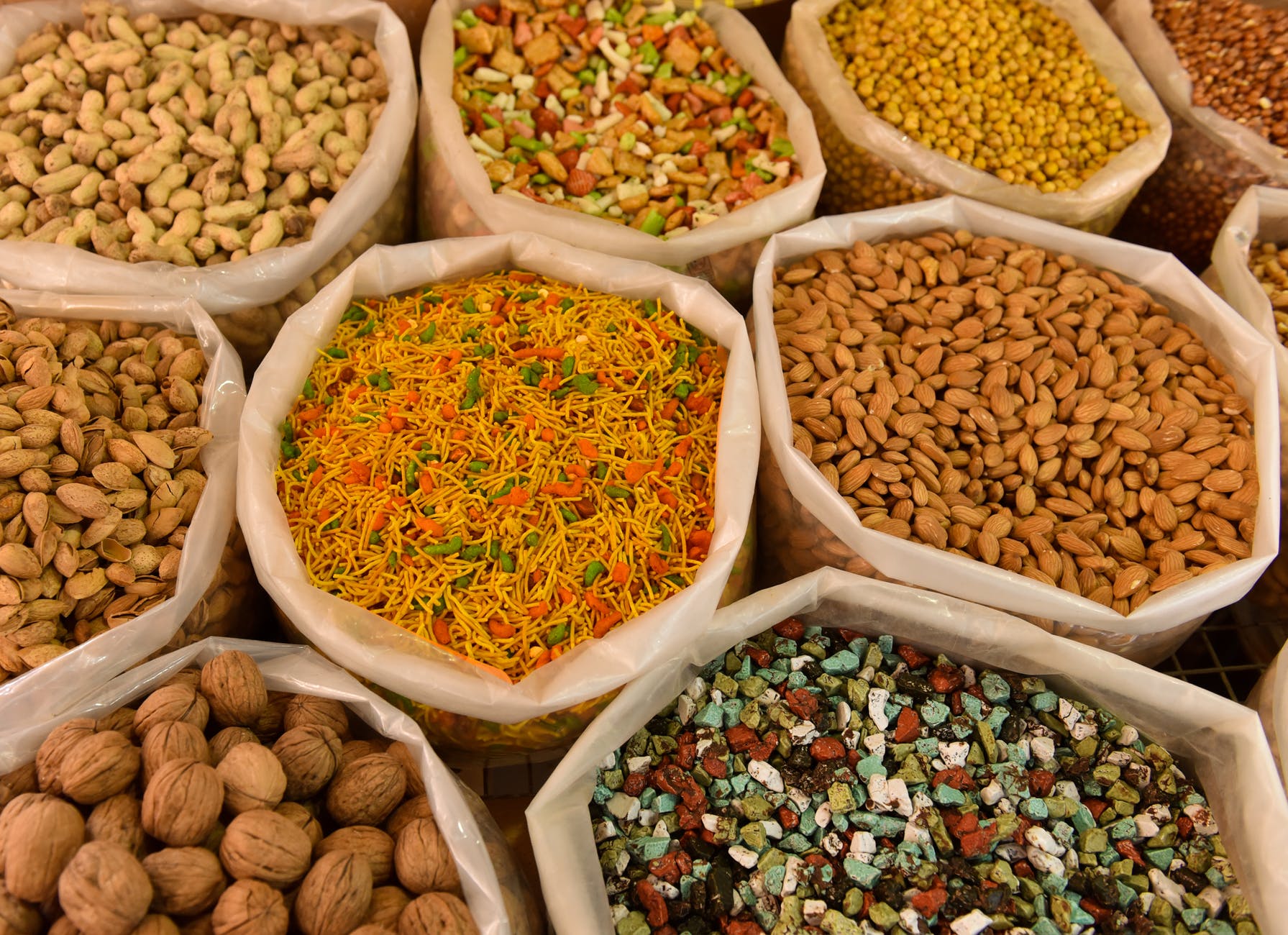
The purpose of this post is to illustrate that even if calorie density is the only metric being looked at when it comes to choosing your backpacking food, healthy foods still come out higher in calories than many of the junk foods. Side note: caloric density should not be used as the sole metric because healthy foods add a lot of other benefits to the diet beyond calories.
For reference, hikers are often encouraged to aim for 125 calories or more per ounce. Packing items with more calories per ounce allows the hiker to carry less overall food weight.
Check out the following list to get an idea of which foods meet the calorie mark and which fall short. I randomly chose 10 common processed hiker foods and 10 unprocessed alternatives. I actually wasn’t sure exactly how the options would shake out, so the results were interesting and affirming to me.
Foods are presented in order of descending calorie content. For ease of reading, calorie density values are in bold, as are whole food choices. Processed food options are italicized. I’ve linked to some of my favorite brands, in case you’re curious.
- Olive Oil
- Serving = 13.5g= 119 cal=248 cal/oz
- Coconut Oil
- Serving=14g= 120 cal =240 cal/oz
- Walnuts
- Serving=1 oz=185/oz
- Nut butters
- Serving=32g=210 cal= 184 cal/oz
- Almonds
- Serving=1 oz=163 cal/oz
- Fritos
- Serving=1oz= 160 cal/oz
- Sweet Potato Chips, with just sweet potatoes, coconut oil, sea salt
- Serving=1oz= 150cal= 150 cal/oz
- Snickers
- Serving=48g= 248 cal= 145 cal/oz
- Doritos
- Serving=1oz= 140 cal/oz
- Oreos
- Serving=34g=160 cal= 133 cal/oz
- Top Ramen
- Serving=42g=190 cal=126 cal/oz
- Trail Mix
- Serving =45g= 200 cal= 125 cal/oz
- Knorr Rice Side
- Serving=63g=240 cal= 106 cal/oz
- Instant Oatmeal
- Serving=40g=150 cal= 105 cal/oz
- Poptarts
- Serving= 55g= 200 calories= 100 cal/oz
- Instant Mashed Potatoes
- Serving=29g=97 cal= 97 cal/oz
- Dehydrated Refried Beans
- Serving=35g =116 cal= 93 cal/oz
- Flour tortillas
- Serving=70g=210 cal=84 cal/oz
- Dried Apricots
- Serving=1oz=68 cal/oz
- Tuna
- Serving=2.6 oz= 80 cal= 31 cal/oz
Overview
This review is admittedly brief and it does not definitively suggest that packing all healthy food will be the most calorie dense route or that packing all junk food will be either. Interestingly though, the top 5 most calorie dense options are whole foods.
Again, while this post was primarily looking at calorie density as the only metric, it’s worth noting that the whole food options are packed with more vitamins, minerals, and healthy fat than the junk food alternatives.
This demonstrates that you don’t need to sacrifice calorie density while getting all the benefits that come from eating whole foods, and avoiding the pitfalls of junk food, such as inflammatory preservatives, dyes, and trans fats.
I do realize that this is by no means an exhaustive list of backpacking foods, either from the processed list or the whole foods list. I randomly chose 10 of each to compare. Also, exact values may vary slightly depending on the brand selected, or the specific variety in the case of items like trail mix, nut butters, rice sides, etc.
However, the exact values will not be far off those listed above, and I believe those listed are clear enough to illustrate the point that junk food isn’t always better when it comes to caloric density.

